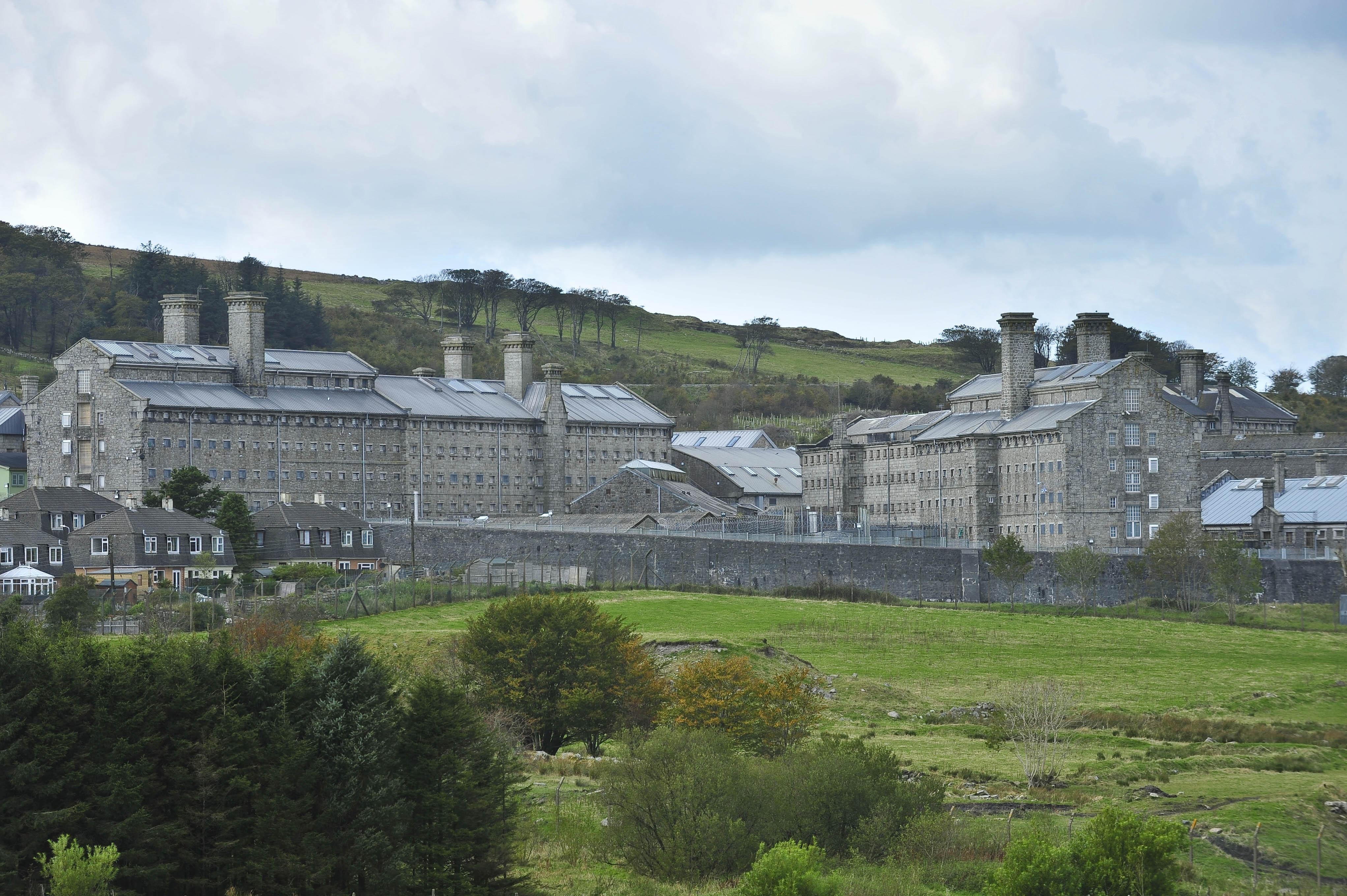Radioactive gas detected at HMP Dartmoor forces closure of 180 prison cells
The odourless and colourless gas is responsible for around 1,000 lung cancer deaths a year

A UK prison has had to close down more than 180 cells after radioactive gas was detected, which has also led to the vast majority of nearly 200 recent prisoner transfers.
HMP Dartmoor has been forced to close the cells and carry out prisoner removals due to the presence of radon.
The capacity of the Devon prison has been reduced by 184 places between November and February, with official figures suggesting its total safe capacity is 640.
In the same period until February, 194 prisoners have been moved out of the jail.
While the reason for their removal is not recorded, it is understood that the vast majority have been moved due to radon.
The odourless and colourless gas is produced by decaying radioactive materials in rocks and soils, and is responsible for around 1,000 lung cancer deaths a year.
It tends to be found in areas with high concentrations of granite, such as Dartmoor.
The Prison Service said “a number of prisoners” had been moved as a precautionary step, with efforts to reduce radon levels currently ongoing.
The Labour Party, which revealed the figures in a series of questions to ministers, said it was “shocking that the Government’s mismanagement of the prison estate means they are having to reduce the number of prison places during a capacity crisis”.
Ruth Cadbury MP, shadow prisons minister, said: “This dangerous gas was first detected in 2020, and yet the Ministry of Justice have said that measures weren’t put in place until 2022.
“Ministers need to explain why it has taken over two years for them to act.
“After 14 years in power and a dozen prison ministers, our prisons are out of control and the Government need to get a grip.
“Labour will rebuild public confidence in the criminal justice system and we’ll restore law and order in Britain.”
Answering Labour’s questions on behalf of the Government, justice minister Edward Argar said the Prison Service is “continually investing in the prison estate to ensure that prisons remain safe, decent and secure”.
Mr Argar said elevated radon readings were detected at Dartmoor in 2020 in “subterranean areas adjacent to the kitchen and workshops”.
He added: “Temporary mitigations have been in place at Dartmoor in those areas since 2022 following advice from specialist contractors, pending permanent mitigations that are near completion.
“Further specialist advice has been commissioned following the recent identification of elevated radon levels in some accommodation areas of the prison.”
A Prison Service spokesperson said: “A number of prisoners have been relocated as a precautionary measure after routine testing revealed higher than normal levels of radon.
“This is a temporary measure while work to permanently reduce radon levels is completed and there are no safety implications to staff or prisoners who remain on site.”
The latest monthly bulletins for the prison population in England and Wales also appear to track a falling number of inmates and a decreased capacity at Dartmoor.
January figures record an operational capacity of 583, with a population of 555, while in February the capacity was 505 with a population of 470.
In December, a report by Dartmoor’s independent monitoring board warned the prison was understaffed and overcrowded, and arguably “not fit for purpose”.
It also pointed to radon first being detected in 2020, and claimed “it is only in this year that some actions have been taken while further monitoring is undertaken to inform future decisions”.
Additional reporting by PA.
Join our commenting forum
Join thought-provoking conversations, follow other Independent readers and see their replies
Comments
Bookmark popover
Removed from bookmarks